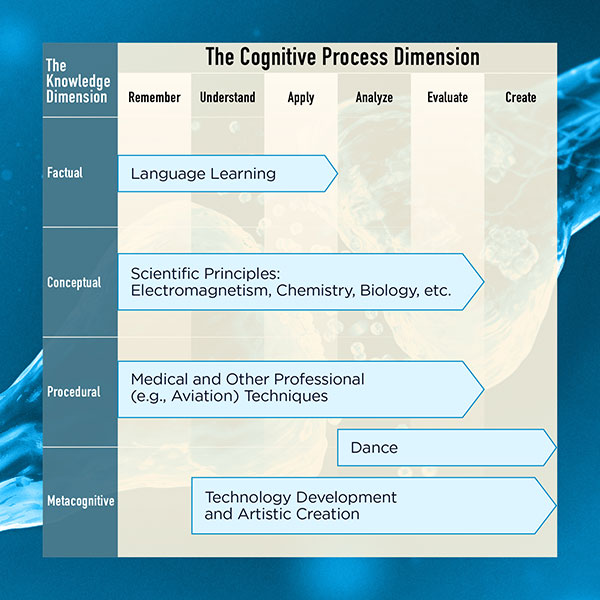Conclusion
XR technology is becoming more common, and its cost is decreasing. In this way, XR technology is likely to follow the familiar trajectory of so many other technologies on campus. Once upon a time, mobile devices were the subject of special projects to evaluate their use cases on campus;1 now nearly all students have access to smartphones.2 Some students are no doubt already arriving on campus with VR headsets, but this is still relatively rare: only about 4% of students have access to XR technology, according to the 2018 ECAR study of undergraduate students and information technology. As of this writing, however, a Google Cardboard–compatible headset costs only about $15, and the Google Cardboard smartphone app is free. XR technology will only continue to be more widely used on campus.
Once upon a time, learning management systems were, like mobile devices, the subject of special projects by campus IT units,3 but now an LMS is deployed at nearly all US institutions.4 Learning to develop XR applications—on any platform—has a fairly high learning curve. But at one time, so did developing a course site in an LMS. As XR technology matures, development platforms will become easier to use, leading to more development of XR materials for teaching and learning. Curricula are standardized in many fields, and even where this is not the case, instructors often share their teaching materials with colleagues. As more XR materials for teaching and learning are developed and disseminated, XR will increasingly become a standard piece of classroom technology, used by instructors, expected by students, and embedded in curricula.

Notes
-
Yvonne Belanger, "Duke University iPod First Year Experience Final Evaluation Report," Duke University, June 2005.
↩︎ -
Joseph D. Galanek, Dana C. Gierdowski, and D. Christopher Brooks, "ECAR Study of Undergraduate Students and Information Technology, 2018," research report (Louisville, CO: ECAR, October 2018).
↩︎ -
Caroline Corrigan, "ITS Votes to Transition from Blackboard to Sakai by 2014," The Daily Tar Heel, October 18, 2010; "Fall 2015 Yale Canvas Pilot: Final Report of the Working Group," February 3, 2015.
↩︎ -
Jeffrey Pomerantz and D. Christopher Brooks, "ECAR Study of Faculty and Information Technology, 2017," research report (Louisville, CO: ECAR, October 2017).
↩︎ -
Lorin W. Anderson and David R. Krathwohl, eds., A Taxonomy for Learning, Teaching, and Assessing: A Revision of Bloom's Taxonomy of Educational Objectives, Complete Edition (New York: Addison Wesley Longman Inc., 2001).
↩︎